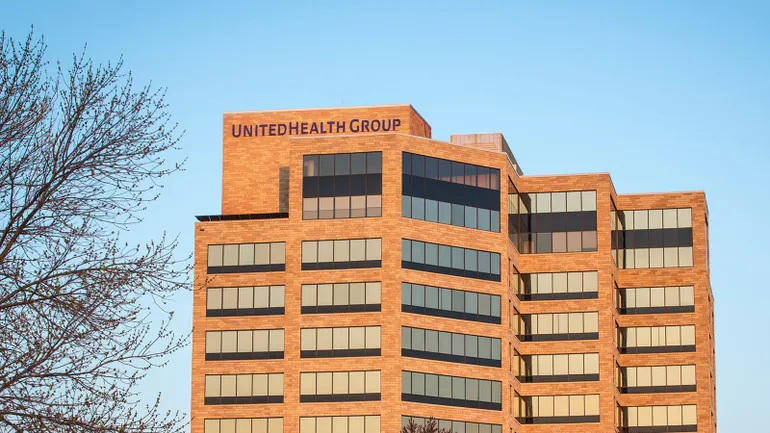Vertex, CRISPR therapy for sickle cell passes FDA panel test


An experimental sickle cell disease treatment made with CRISPR technology is one step closer to approval in the U.S., following a meeting Tuesday in which advisers to the Food and Drug Administration seemed generally comfortable with its safety.
Made up of scientists and physicicans, the advisory panel spent hours discussing highly technical questions around how best to assess the risk that CRISPR — the gene editing technique often likened to a pair of scissors — might make unwanted, or “off-target,” cuts to DNA.
Ultimately, the panel appeared convinced that Vertex Pharmaceuticals, which developed the sickle cell treatment, had done enough to show the therapy is safe, although they pointed to several avenues for further study.
“I think what it comes down to was that there was a robust approach using multiple methods to try to identify these off-target [edits],” said Taby Ahsan, vice president of cell therapy operations at City of Hope and the committee’s chair. “I think there’s opportunity to generate more data monitoring these patients moving forward.”
The daylong discussion was atypical for FDA advisory committee meetings in that the agency didn’t ask panelists to formally weigh in on the effectiveness of Vertex’s therapy, which is called exa-cel and made of patients’ stem cells. And rather than holding a recorded vote, the FDA only solicited general recommendations.
Instead, the focus was on CRISPR, the technology and esoteric questions of how exactly companies like Vertex can be sure its medicine is not making wayward gene edits. Panelists appeared unsure how strictly to set the standard, and wary of asking for more data than was actually useful.
“We want to be careful to not let the perfect be the enemy of the good,” said Scot Wolfe, a committee member and professor of molecular, cell and cancer biology at the University of Massachusetts Chan Medical School. “You want to do as good a job as you possibly can, but at some point, you have to try things in patients. I think in this case, there is a huge unmet need.”
Both the regulator and its advisers appeared convinced that exa-cel can offer dramatic benefits to people with sickle cell, an inherited blood disease that can cause severe pain and organ damage. They heard from more than half a dozen people who had received the therapy and now are free of the disease’s most debilitating symptoms.
“Gene therapy has given me the ability to take full control of my life,” said Jimi Olaghere, one of the first patients in Vertex’s exa-cel trial. “In a world where the deck was stacked against me, gene therapy has been a winning hand.”
Vertex, which developed exa-cel with the biotechnology company CRISPR Therapeutics, has asked the FDA for approval in people with sickle cell who are at least 12 years old and have recurring pain crises. The agency is set to make a decision by Dec. 8. A clearance would make exa-cel the first CRISPR-based medicine approved in the U.S.
Documents published last week showed that FDA scientists agreed Vertex’s clinical trial results were “strongly positive.” Twenty-nine of 30 trial participants who had been followed for at least 16 months were free of pain crises for at least one full year after exa-cel treatment, the results showed. People in the study were able to stay out of the hospital, and no longer needed red blood cell transfusions.
But the documents and FDA presentations Tuesday raised concerns about how thoroughly Vertex documented exa-cel’s risk of off-target editing in supporting experiments.
Vertex took two main approaches: using computer algorithims to predict sites of erroneous edits that it then studied, and sequencing edited cells from several donors. The company said its work showed no signs of off-target editing.
FDA staff noted, however, that the databases Vertex used to predict off-target edit sites may not be representative of the sickle cell population. And they cautioned that the sample size of Vertex’s cellular analysis was small.
Fyodor Urnov, a gene editing expert at the University of California, Berkeley, told the panelists that, at a certain point, there was only so much laboratory work that could be done.
“The technology is in fact ready for prime time,” said Urnov. “We’re kind of reaching asymptotic places in terms of how we can de-risk it non-clinically. I don’t know what else to do at this point in terms of understanding the benefit-risk [of exa-cel].”
Panelists generally agreed, but did indicate several times that Vertex could do further study of treated patients’ cells — something that could be accomplished as part of the company’s planned long-term follow-up.
“It would be nice to see some evaluation of monitoring the edits over real time,” committee chair Ahsan said. “But it’s unsure the technology that would be used to do that, whether whole genome sequencing [or something else] would actually have the detection levels to give us meaningful information there.”
Gwendolyn Wu and Jonathan Gardner contributed reporting.
This post has been syndicated from a third-party source. View the original article here.




